From CDP to Intelligent Growth – How Data and AI Are Powering the Next Wave of Marketing Transformation
In an era where every customer interaction produces a data point, marketing transformation is no longer just about technology adoption, it is about intelligence. The next evolution of digital marketing isn’t defined by isolated tools, but by how seamlessly data and AI converge to create meaningful, measurable growth.















